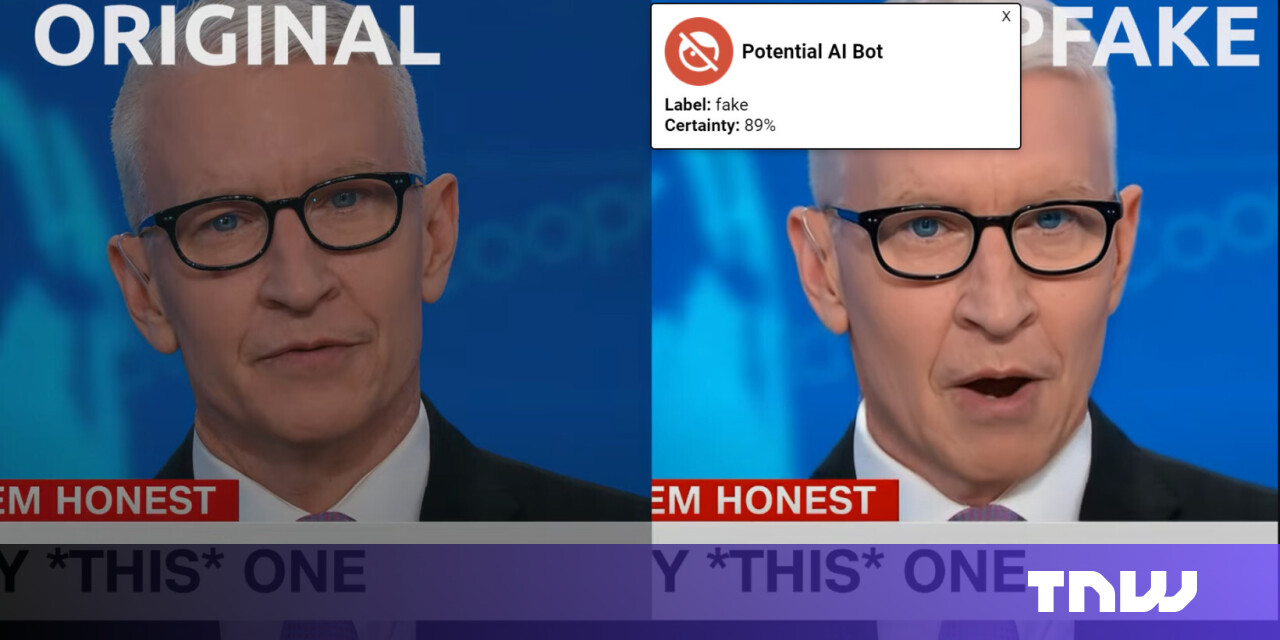EU must close innovation gap to overcome ‘existential challenge’, warns Draghi

Mario Draghi has sounded the alarm about the EU’s competitiveness — and future — as it is again failing to translate ideas and ambition into technological innovation.
In a report commissioned by the bloc’s chief Ursula von der Leyen, Draghi stressed that a pronounced growth slowdown has widened the GDP gap between the Union and the US.
This slowdown is closely linked to sluggish tech development.
“Europe largely missed out on the digital revolution led by the internet and the productivity gains it brought,” the former European Central Bank (ECB) president said.
He also warned that history might repeat itself.
“The EU is [likewise] weak in the emerging technologies that will drive future growth.”
Need to close the innovation gap
A critical step for the EU to turn the tables is closing the innovation gap with China and, especially, the US.
“The problem is not that Europe lacks ideas or ambition,” the Italian former premier said.
“But innovation is blocked at the next stage: we are failing to translate innovation into commercialisation.”
The data speaks for itself.
According to the report, merely four of the world’s top 50 tech companies are European. This includes chip machine manufacturer ASML and Germany’s software provider SAP.
The bloc is also currently falling behind in advanced technologies, such as artificial intelligence.
Since 2017, approximately 70% of foundation AI models have been developed in the US. Similarly, US-based companies, including Amazon and Microsoft, account for over 65% of the global — and European — cloud market.
It then comes as no surprise that European founders prefer seeking funding from US investors and scaling up outside of the bloc. Between 2008 and 2021, nearly 30% of Europe’s unicorns relocated abroad, with the majority choosing the US.
Key barriers and necessary steps
According to Draghi, the EU faces a long list of problems that need to be solved to close the innovation gap.
First comes the lack of late-stage VC funding opportunities for startups as well as insufficient, or misdirected, public investment in research and innovation (R&I).
The scaling-up process is also affected by market fragmentation across the bloc and complex regulation.
“The EU’s regulatory stance towards tech companies hampers innovation,” Draghi said.
“[It] now has around 100 tech-focused laws and over 270 regulators active in digital networks across all member states.” This includes the AI Act, which came into force last month.
Another problem is the limited number of European universities that make it to the top.
“The EU has only three research institutions ranked among the top 50 globally, whereas the US has 21 and China 15,” Draghi said. “Much of the knowledge generated by European researchers remains commercially unexploited,” he stated in the report.
Draghi has offered a series of extensive suggestions to address these issues, including:
- Transforming the European Innovation Council (EIC) into an “ARPA-type of agency,” alongside the allocation of a €200bn budget to R&I
- Attracting foreign investment with a smoother spinout process, less bureaucracy, and regulation exceptions for startups and SMEs
- Lowering the cost of AI deployment by increasing computational capacity and access to high-performance computers
Overall, Draghi’s report paints a grim picture for the entirety of the EU’s economy and ambitions.
It’s still unclear whether his suggestions will become part of the new European Commission’s agenda. Von der Leyen will announce the members next week.
It’s even less clear whether the EU will manage to overcome, as Draghi described it, the “existential challenge” it’s currently facing.



